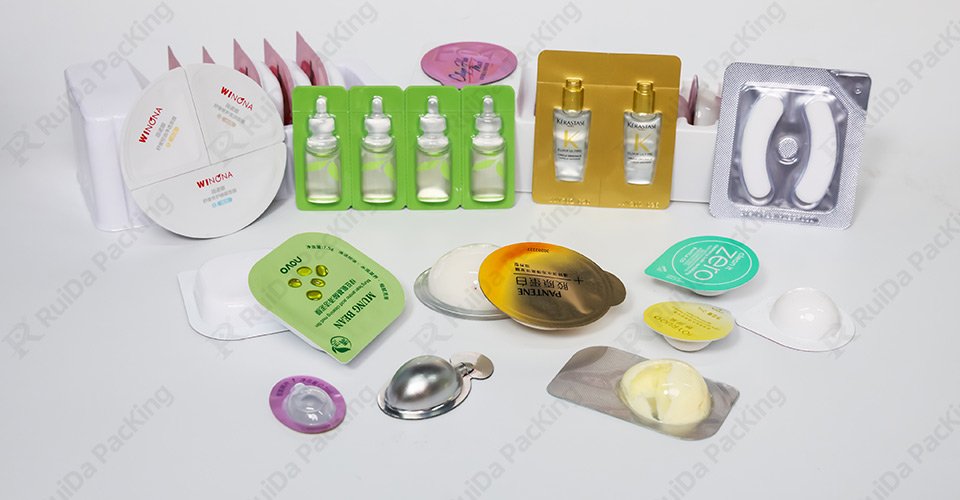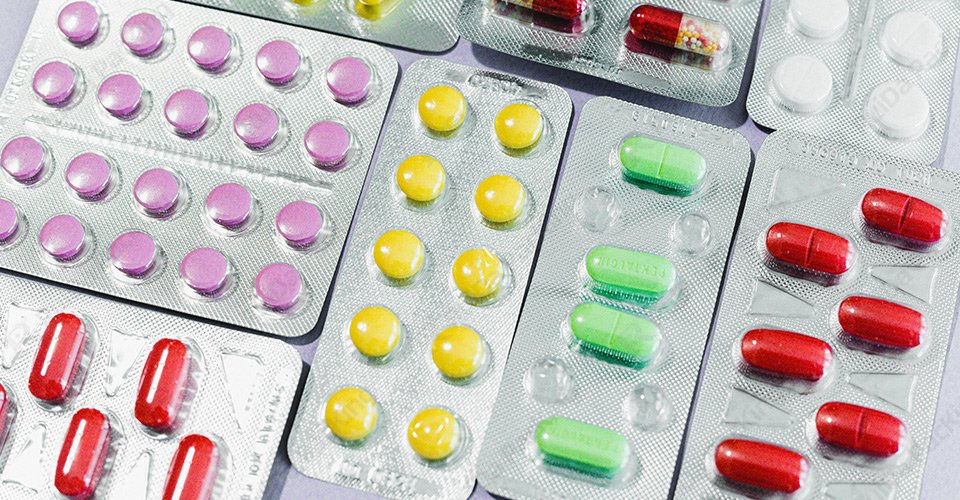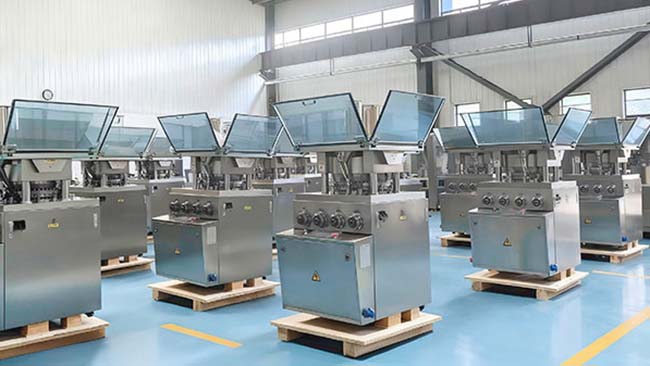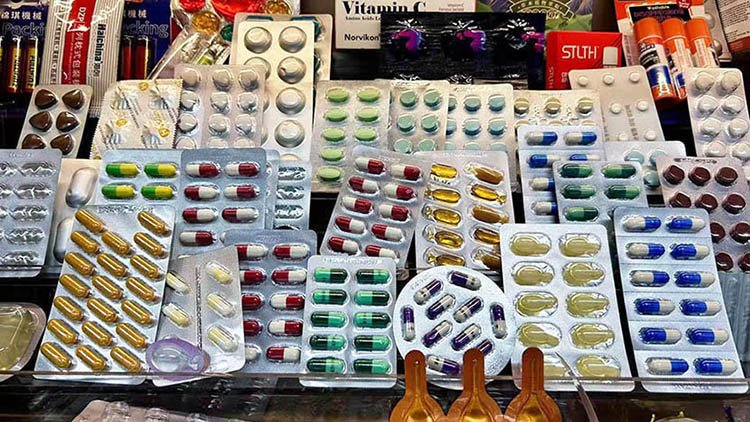Blister packing is an indispensable solution in the pharmaceutical industry. Known for its ability to protect, portion, and present products effectively, this method has become a benchmark for quality and convenience in packaging.
But how does blister packing differ from other packaging methods, such as bottles, sachets, and strip packs? Understanding the differences between the various packaging methods allows you to make more accurate choices when selecting packaging methods and related packaging equipment.
This article delves into the unique advantages of blister packing, compares it to other methods, and provides insights into its applications in pharmaceuticals.

What Is Blister Packing?
Blister packing involves encasing individual products—typically tablets, capsules, or soft gels—within pre-formed plastic cavities sealed with a backing material like aluminum foil or paperboard.
Key Characteristics of Blister Packing
- Individual Portioning: Each cavity contains a single product dose, ensuring precision.
- Airtight Seal: Safeguards the contents from moisture, air, and light exposure.
- Tamper-Evident Design: Offers security by showing clear signs of tampering.
Blister packing is widely used for pharmaceutical products but also finds applications in nutraceuticals, consumer goods, and even electronics.

How Does Blister Packing Work?
Blister packing involves three key stages:
- การก่อตัว: The PCV plastic sheet is heated to soften it and then molded into a cavity using a molding station.
- การเติม: Tablets or capsules are placed into the cavities with precision equipment.
- การปิดผนึก: A backing layer, such as aluminum foil, is applied to seal the cavities securely.
- Discharging: After heat sealing, use the punching and cutting knives to finish discharging the individual packages.
The result is a clean, organized, and secure packaging solution that maintains product quality.
Applications of Blister Packing in Pharmaceuticals
Blister packing has become the gold standard in pharmaceutical packaging due to its versatility and effectiveness.
1. Solid Oral Dosage Forms
Blister packs are commonly used for tablets and capsules, offering precise dosing and protection.
2. Clinical Trials
In clinical trials, blister packs simplify dose tracking and reduce the risk of dosing errors. Individual units can be labeled with instructions, improving patient adherence.
3. Over-the-Counter (OTC) Medications
OTC medications like pain relievers, antihistamines, and dietary supplements often rely on blister packaging to ensure convenience and accuracy.
4. Specialty Medications
Effervescent tablets, chewable tablets, and other specialized dosage forms benefit from the moisture resistance and portioning of blister packs.
แอปพลิเคชัน | Benefit |
รูปแบบยารับประทานแบบแข็ง | Precise dosing and extended shelf life |
การทดลองทางคลินิก | Improved adherence and traceability |
OTC Medications | Convenience and ease of use |
Specialty Medications | Moisture resistance and integrity |
Why Is Blister Packing So Effective?
1. Superior Protection
Blister packing creates an airtight seal, protecting products from environmental factors like humidity, air, and light. This prolongs medication shelf life and guarantees patients receive effective doses.
2. Precise Dosing
Each cavity contains a single dose, eliminating errors in counting or measuring. This is especially advantageous for medications that require precise dosing, ensuring patient safety and compliance.
3. Portability and Convenience
Blister packs are lightweight, compact, and easy to carry. Whether traveling or managing daily doses, consumers appreciate the convenience of blister-packed medications.
Blister Packing vs. Other Packaging Methods
To fully grasp the benefits of blister packaging, it’s useful to compare it with other common packaging methods.
Blister Packing vs. Bottles
- การป้องกัน: Once opened, bottles expose all contents to air, moisture, and potential contamination, whereas blister packs seal each unit individually.
- Portioning: Bottles require manual dosing, increasing the risk of errors, while blister packs offer precise, pre-measured doses.
- Convenience: Blister packs are lightweight and portable, whereas bottles can be bulky and prone to spills.
Blister Packing vs. Sachets
Sachets are commonly used for powders and liquids. However, blister packs are more suitable for solid forms due to their rigid structure and superior protection against external factors.
- Durability: Blister packs are more durable, protecting products from punctures and tears.
- User Experience: Blister packs are easier to open and reseal compared to sachets, which may require scissors and create messes.
Blister Packing vs. Strip Packs
Strip packs and blister packs share similarities but differ in design flexibility. Blister packs offer better consumer appeal with transparent cavities, while strip packs are limited to flat products.
Advantages of Blister Packing
1. Enhanced Product Protection
Blister packs protect products from environmental factors, maintaining their efficacy and safety.
2. Precise Dosing
Each cavity contains an exact dose, reducing the risk of under- or overdosing, a critical advantage for pharmaceuticals.
3. Portability and Convenience
Blister packs are compact and lightweight, making them ideal for travel or on-the-go use.
4. Consumer Confidence
The tamper-evident seal reassures consumers of the product’s safety and authenticity.
5. Compliance with Regulations
Blister packing helps manufacturers meet stringent pharmaceutical packaging standards, such as Good Manufacturing Practices (GMP).
Why Choose Blister Packing for Your Business?
Blister packing is more than just a packaging solution; it’s an investment in quality, efficiency, and customer satisfaction. By ensuring precise dosing and superior protection, blister packs support regulatory compliance and patient safety.
If you’re in the pharmaceutical or healthcare industry, adopting blister packing can streamline operations, reduce costs, and build stronger consumer trust.
Challenges of Blister Packing
While blister packing has many advantages, it’s important to recognize its limitations:
- Higher Initial Investment: The machinery required for blister packing can be costly.
- Limited Liquid Compatibility: Blister packs are less suitable for liquid products, which are better housed in bottles or sachets.
Despite these challenges, the long-term benefits of blister packing, such as reduced waste and enhanced product protection, often outweigh the initial costs.
Spotlight: DPP-270Max Blister Machine by Jinlu Packing
For manufacturers seeking efficient blister packing solutions, the เครื่องบรรจุพุพอง DPP-270Max by Ruida Packing offers cutting-edge features:
คุณสมบัติหลัก
- ความอเนกประสงค์: Suitable for tablets, capsules, and soft gels.
- Advanced Sealing Technology: Ensures airtight and tamper-proof seals.
- การออกแบบที่เป็นมิตรต่อผู้ใช้: Features an intuitive touchscreen for easy operation.
คุณสมบัติ | Benefit |
ความอเนกประสงค์ | Handles a variety of product types |
High-Speed Production | Meets large-scale production demands |
Advanced Sealing | Protects product integrity |
การออกแบบที่เป็นมิตรต่อผู้ใช้ | Simplifies operation and maintenance |
The DPP-270Max is an excellent choice for businesses looking to enhance their packaging efficiency and product quality.
Why Blister Packing Is the Future of Pharmaceutical Packaging
Consumer Appeal
Blister packs are sleek, modern, and easy to use, enhancing the consumer experience.
Operational Efficiency
With high-speed machines and minimal material wastage, blister packing is an efficient solution for manufacturers.
Quality Assurance
Blister packing guarantees consistent quality, from production to the point of use.
บทสรุป
Blister packing stands out as a superior method for บรรจุภัณฑ์ยา, offering unmatched protection, precision, and convenience. Compared to other methods like bottles, sachets, and strip packs, blister packing ensures product integrity and enhances the consumer experience. For manufacturers, adopting blister packing solutions like the DPP-270Max Blister Machine by Jinlu Packing can revolutionize production processes and improve product quality.
Ready to elevate your packaging capabilities? ติดต่อเรา today to explore how blister packing can benefit your business!


